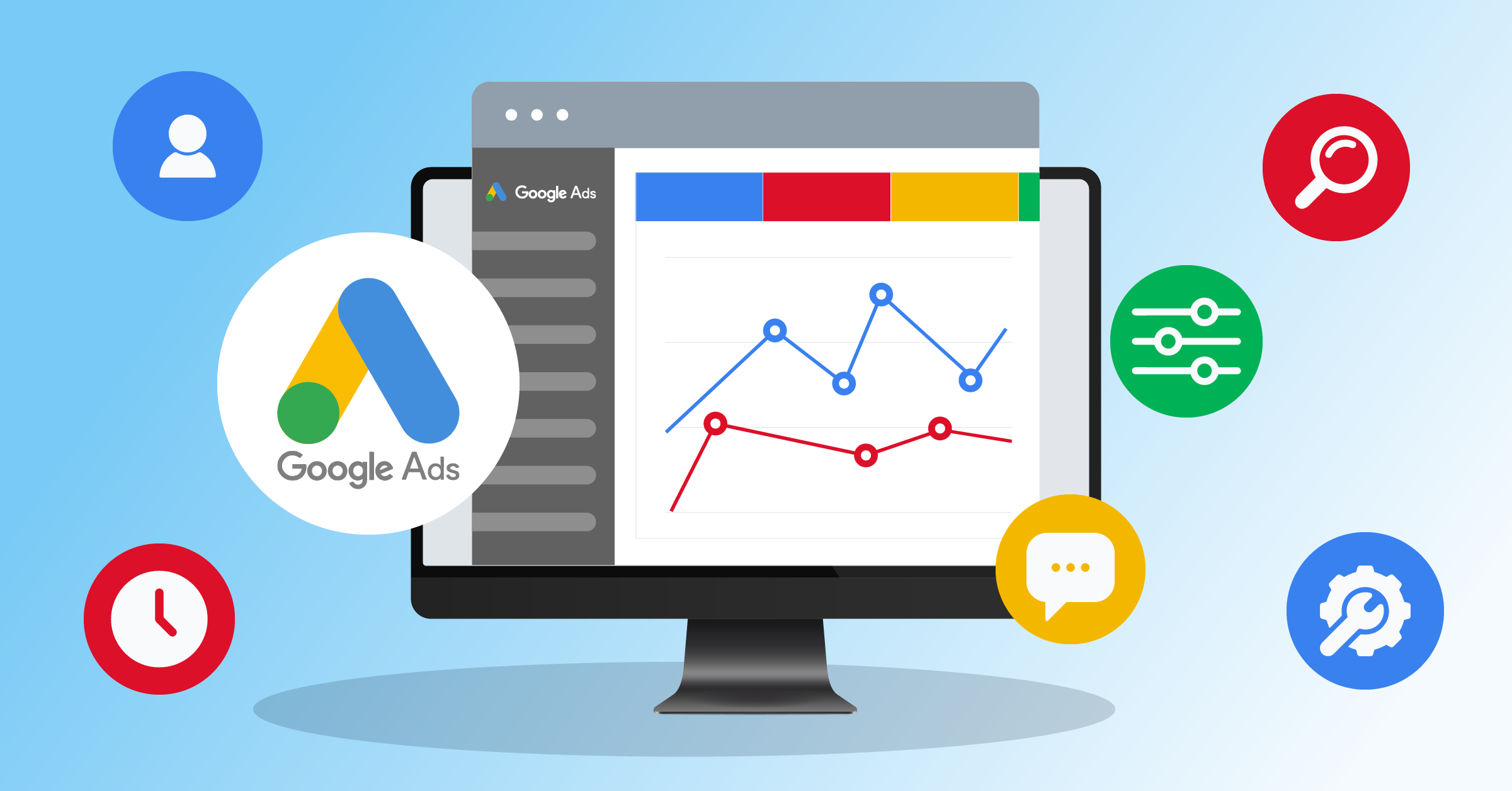
In the fast-changing economic landscape of today, there are many challenges that large organizations and enterprises face.
One of them sits on the desks of Marketing Directors: it is a challenge to effectively improve marketing campaigns performances to grow company profit margins.
The approach of many Directors is often to seek a solution in new analytic software, marketing ideas or AI solutions. But actually the real impact on marketing performance comes by leveraging existing business assets such as CRM data, contact databases or other sources of PII.
Over the past few years, advertising platforms have been encouraging businesses to weight their first-party business data in their marketing campaigns to improve performances.
They suggest, for example, to leverage data from product catalogs to create dynamic audiences, CRM databases to optimize lead generation and retargeting ads, or payment platforms information to improve online to offline transactions.
The advertising platforms know that this is the path for Marketing Directors to drive more ROAS with their campaigns. Many Marketing Directors know this too.
The real challenge for them is knowing how to enable more data-driven marketing campaigns at the corporate level, operating in collaboration with several internal departments and having to meet strict operational best practices. The roadblocks to their success are often merely bureaucratic.
Therefore, in this article, we address six of the most common obstacles that Marketing Directors face to improve marketing performances, and what are the solutions to overcome them.
Solution #1: Aligning Marketing and Sales team Goals and Key Results KPI
One common challenge is the difference in objectives and key results adopted by the Marketing and Sales departments.
Oftentimes, Marketing teams are more immediate-results oriented, while salespeople focus on the long run. For instance, a Marketing team might optimize its advertising strategy on metrics such as conversion rates or leads captured, while salespeople will have a deeper look at metrics such as lead quality and customer lifetime value.
The misalignment of OKR creates friction and slows down growth. In the limited scale of small businesses people from different teams can afford to simply call each other and adjust their modus operandi, but in the larger context of corporations, operating with high-volumes of contacts, the only option is to automate business procedures.
Automation is key to let the marketing funnels work in conjunction with the sales team intelligence. For instance, the Marketing team could create an automation to send every new lead a welcome message, and a notification to the sales team so that they can reach them promptly. Studies have long shown that when a lead is contacted within minutes there are more chances to convert it into a customer.
The same level of cooperation could be applied also when creating automated email workflows: the Marketing team can include different tags to people who click on different links in order to facilitate the sales team responsiveness once they receive the lead.
Another solution to improve advertising returns is to adopt a lead scoring system. A good lead scoring system facilitates and simplifies sales team evaluations in terms of quality and effectiveness.
This is not yet a best practice within large organizations because of the complexity associated with having a well-automated lead scoring system, but it may be worth the investment.
A reliable lead scoring comes with a robust customer database that allows personalization of the scoring. The score should be representative both of the marketing and sales efforts, being automatically updated based on email open rate, recurring purchases, or if the sales team move leads to a higher stage after an interaction with the lead.
This is how Automation can enable close cooperation and alignment between Marketing and Sales in order to optimize the funnel and move towards the same key results and goals.
Solution #2: Better manage privacy-standards procedures
Today large organizations need to be extremely careful in handling data security and customers’ privacy. The recent GDPR regulation has brought, at least in Europe, higher standards in terms of data processing and data storing, which companies have to comply to.
In the US, as much as 52.8% of Managers see government regulation or the threat of regulation as an obstacle in their ability to leverage user data.

Source: eMarketer, 2019
But the challenge for companies doesn’t end with respecting national data privacy regulations and having a certification of compliance. In fact, a higher risk of data misuse and storing means longer bureaucratic procedures and slower permission granting within the company. As the chart above shows, 34.7% of Managers find roadblocks in siloed organizational structures and poor data-sharing protocols. To overcome such challenges, professionals can benefit from Google Certifications Practice Tests Dumps, which can help them develop the expertise necessary to navigate data privacy and security concerns more effectively.
Typically, in large enterprises, the customers’ data are managed by a CRM Manager, who handles the software set up and technical issues and makes sure that quality standards and data hygiene are respected.
Marketing Directors often collaborate with the CRM Manager, for instance whenever there is a need to unlock a specific marketing workflow or integrating a new business asset to manage the leads.
This is usually where things get stuck. Since the CRM Manager handles a database of thousands or even millions of contacts, when he or she is considering integrating an external tool (of an external company) to fulfill the request of the Marketing team, he needs to receive a ‘green light’ from the legal and security teams too.
Usually, this process takes a long time, as the Legal team requires detailed information to get a full picture of how the external partner (software) works and double-check the security standards before trusting the partner.
In these cases too the business slows down, and Marketing Directors might renounce to adopt new tools that would enable better marketing performances.
The best solution for this type of situation is to work with partners that understand the process in-depth, and that can also help the CRM Manager to internally unlock the specific requirements in the most effective way.
Even better if the partners are flexible enough to build specific stages in their sales process to speak with the legal team directly and thoroughly explain how they operate.
For instance, collaborating with trusted departments is crucial, especially when navigating legal reviews and compliance measures before integrating new marketing tools. In situations involving sensitive client or business data in corporate environments like Chicago, working alongside specialized corporate attorneys can streamline regulatory processes and fast-track internal approvals. Leveraging local legal expertise ensures your marketing team stays compliant while focusing on growth.
This is key to avoid long procedures, reassure the Legal team, and let Marketing Directors adopt new assets essential for business growth.
To learn more about how large corporations can approach implementing third-party tools, download our “Corporate Automation Guide” white-paper here.
Solution #3: Adopting a middleware software to integrate tools
There is another common reason why large organizations hesitate to adopt new tools, besides legal implications, and that is because of the tools lack the right integrations.
Every company uses different software, when Marketing Directors are faced with the choice of implementing new tools (or replacing existing ones) in their business processes, one of the most weighted features is the range of integrations it offers.
This is where things get complicated: most CRM or marketing software houses today are singularly focused on crafting and improving their own product, instead of building integrations with other products.
That’s why middleware (iPaaS) software are constantly having a wider presence in the market. Middleware software is a solution that allows companies to connect their business tools through third-party integration. It basically enables integrating tools with each other when the option is not available.
For a company, the option to choose the right software to sustain complex internal workflows, across several divisions with thousands of people involved, is obviously of crucial importance.
Sacrificing the adoption of an asset potentially pivotal for the growth of the company simply for the lack of integration is unwise. At LeadsBridge we know this very well, having built over 370 integrations to date that helped the growth of thousands of companies.
More often than not when it comes to large organizations, integrating new tools requires something more than just a third-party software. Since they operate with sophisticated and complex workflows, they often need additional software development.
Therefore, the ideal solution for Marketing Directors who need to connect internal business tools is to pick a third party software that also provides tailor-made integrations according to the company’s specific needs.
Solution #4: Secure company budget to invest in automation software
In the complex structure of large organizations, other obstacles arise where there is a lack of communication and understanding between departments.
For instance, many Marketing Directors know that implementing new automation software would lead to substantial improvements in campaign performance. They understand the importance of investing in such tools to considerably impact profit margins.
However, sometimes they have trouble justifying the budget investment to the CFO of the company, who is responsible for reviewing, approving or disapproving spending plans.
For instance, when presenting a request to buy an automation software that would automatically sync leads coming from the marketing campaigns with the salespeople calendar, they might explain that they need it because otherwise, the salespeople would not reach out to the new leads promptly.
However, to this concern the CFO might object that it’s the responsibility of the Sales team to do a better job, classifying the issue as a non-priority and denying the budget.
In this type of situation, the Marketing director, in collaboration with a fractional integrator, should learn how to sell the need for the automation internally, explaining with numbers and detailed reports how optimizing sales response time is the key to close more deals, and why automation is essential for it.
In fact, research shows that companies excelling at lead nurturing generate 50% more sales-ready leads at 33% lower cost.
If the CFO gets a clear picture of why the automation software is valuable to the company, he or she is more likely to approve a budget for it.
Making the benefits of automation evident to the administration is, therefore, an important task of Marketing managers who want to grow the profits of their campaigns.
Solution #5: Implementing a data-driven remarketing strategy
Another opportunity for Marketing Directors to impact performance is to empower the work of the Paid Media Manager who handles the advertising campaigns.
Often it happens that, to bring results, Paid Media Managers stress about finding the best ad creative to amaze their audience, erroneously thinking that if they get the creative right, they will manage to increase profit margin.
Although this strategy sometimes works, it relies too much on random variables and it produces short-lived profits.
What Paid Media Managers really need to impact their results, is the data stored in the company databases about customer behavior, recent purchases, funnel stage and so on.
To give an example, a Sportswear retailer could create a specific audience of people who bought a particular product in-store (e.g. running shoes), and run only for them a retargeting campaign that allows them to order a related product (e.g. sport socks) with a discount code applied on the online shop.
It sounds odd, but many large companies have gathered over time precious information about their customers and yet they never use them. They barely scrape the surface of their potential at their disposal.
Whenever Paid Media Managers are not able to fully realize the impact of data segmentation on campaign performance, it is the responsibility of the Marketing Director to provide operational advice and make sure they leverage the right kind of information.
The numbers are clear: according to a BCG study, advertisers who already adopted data-driven marketing have reported cost savings of up to 30% and revenue increases of as much as 20%.

The opportunity is two-sided: customer segmentation can be leveraged to craft more personalized and relevant creatives, but also to create lookalike audiences to identify new customers based on first-party data.
Unfortunately, many companies still run remarketing campaigns based on one single audience including the whole database. This practice is highly ineffective and not nearly as profitable as it could be.
This is one of the main opportunities for Marketing Directors to impact campaign performances. They can unlock this opportunity by collaborating with the Paid Media team, evaluating specific customer behaviors based on the data the company already has, and leverage the segmentation in the advertising campaigns.
Solution #6: Closing the gap between online ads and offline sales
Finally, a further roadblock on the way of improving marketing performance is measuring the impact that the online spend has on in-store purchases. According to a 2019 report by the Winterberry Group, the highest priority for 57.3% of user data managers is to invest and focus on cross‐channel measurement and attribution.
Since for many large organizations the amount of offline transactions still far exceeds the number of online sales, most advertising efforts are planned to drive people in-store to finalize a purchase.
However, when it comes to offline sales the challenge for most organizations is to track the effectiveness of marketing campaigns.
To stick with the example of a Sportswear retailer, a potential customer might visit a product page (e.g. women shoes) on the retailer website from his laptop. A bit later she sees dynamic ads of the shoes on her smartphone. A few days later, she goes to the store and buys the shoes with her parents’ credit card.

The path from the online ad to offline sales has many touchpoints: many Paid Media Managers struggle to analyze and optimize their work. They don’t have a real KPI to measure the ROAS of their campaigns. Often even Marketing agencies don’t provide confident answers when asked how to approach the issue.
However, today advertising platforms have come a long way in rolling out new offline tracking technologies (i.e. Facebook Offline Conversions), and Marketing Directors should take the opportunity to use them.
Large organizations, in particular, have the ability to track offline sales by leveraging centralized CRMs, POS systems, loyalty programs or any other software or database that may contain PII-keyed offline sales.
This asset can be leveraged to cross-matching the data with offline conversions tools that allow advertisers to have a clearer picture of which online campaign has driven the most results.
The adoption of offline tracking tools will benefit both Paid Media Managers, to analyze and optimize their campaigns, but also Marketing Directors who can evaluate their strategy based on real numbers and optimize budget allocation for the best channels of acquisition.
Conclusion and Key Takeaways
In conclusion, the next step for Marketing Directors of large organizations is not to look for new analytic software, marketing ideas or AI solutions, but rather first focus on the value they have at hand and unlock the necessary steps to take advantage of it.
As we have seen in this article, some important opportunities lie in aligning goals and metrics in between teams, speeding up internal bureaucratic processes, and collaborating with trusted third-party partners.
The other major opportunity lies in leveraging the power of the company database to its full extent, by building data-driven remarketing campaigns and accurately tracking the impact of online spend on offline transactions.
Once these advancements are implemented, the advertising campaigns will optimize automatically, lowering the CPA and improving the overall ROAS.
The combination of unlocking internal processes and improving the effectiveness of the advertising strategy will help the Marketing Directors to achieve the level of performance they desire.









